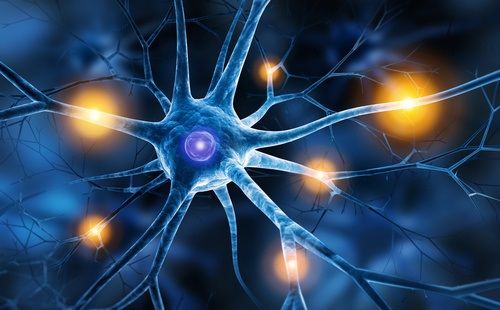Article
Natalizumab and Fingolimod Found Comparable in Treating MS
Author(s):
Rival drugs for MS were equally effective, study found.

There was no difference in annualized relapse rate, time to first relapse, probability of remaining free of relapse, or amount of change in symptom severity between patients with multiple sclerosis (MS) receiving natalizumab (Tysabri,/Biogen) or fingolimod (Gilenya,/Novartis ) in an observational study of matched patient populations.
Conflicting findings in previous comparative studies, however, prompted this observational study to employ prospectively collected data and propensity-matched populations to investigate possible differences in efficacy and outcomes between these agents, commonly used as second-line disease modifying treatments.
"These discrepancies call for further investigations. Indeed, because of differences in safety, side effects, risks and convenience, it is important to detect any differences in clinical efficacy between natalizumab and fingolimod," indicated Nils Koch-Henriksen, MD, DMSc, Department of Clinical Epidemiology, Clinical Institute, Aarhus University, Aarhus, Denmark, and colleagues.
Attempts to distinguish between the two agents by comparing results from their respective placebo-controlled pivotal efficacy studies have been confounded by the different methodologies, as well as considerable differences in relapse rates among patients receiving placebo. Intervention studies that switched from one agent to the other have come to different conclusions, with one study finding the agents equal in all clinical aspects and another favoring natalizumab. Similarly, studies have differed in which agent is associated with fewer symptom flares after discontinuation, and which most successfully remediates flares following discontinuation of the other.
The current study followed 928 patients with relapsing-remitting multiple sclerosis for up to three and half years after half of them (464) started natalizumab and half fingolimod as a second line treatment after at least one significant relapse within a year of commencing treatment with either glatiramer acetate (Copaxone/Teva; Glatopa/Novartis) or interferon beta-1a (Avonex/Biogen).
The two groups were propensity-matched to reduce confounding elements such as baseline variables predictive of the choice of agent, or on-treatment relapse. A total of 381 patients who had met inclusion criteria were not enrolled in the study because they were unable to be propensity-matched.
There were 247 relapses during a total of 835.5 person-years of treatment with natalizumab, and 256 in 835 person-years with fingolimod. In an additional analysis that included only the relapses treated with corticosteroid, the difference in relapse rates between the agents remained non-significant. A separate analysis of the relapses occurring only in the second year of treatment also evidenced no significant difference.
The agents were also found similar in mean time to first relapse after treatment, 2.55 years on natalizumab and 2.56 on fingolimod. Changes of symptom severity from baseline to end of study, measured with the Expanded Disability Status Scale (EDSS), were comparable in the treatment groups.
MRI
The investigators acknowledge the absence of data as a limitation in the study. Although MRIs are performed up to three months before treatment shift in all patients, the results were not available in the accessed data base. They also note that observational head-to-head studies lack the controls of blinding and randomization, but claim that the propensity-matching in this study was some compensation for not being randomized, as it controlled for some known confounders.
The comparison of treatment outcomes between natalizumab and fingolimod was published in the February issue of Multiple Sclerosis Journal, "A Comparison of Multiple Sclerosis Clinical Disease Activity Between Patients Treated with Natalizumab and Fingolimod."
Related Coverage:
Study Finds Patients with Multiple Sclerosis Are Highly Persistent with DMT





